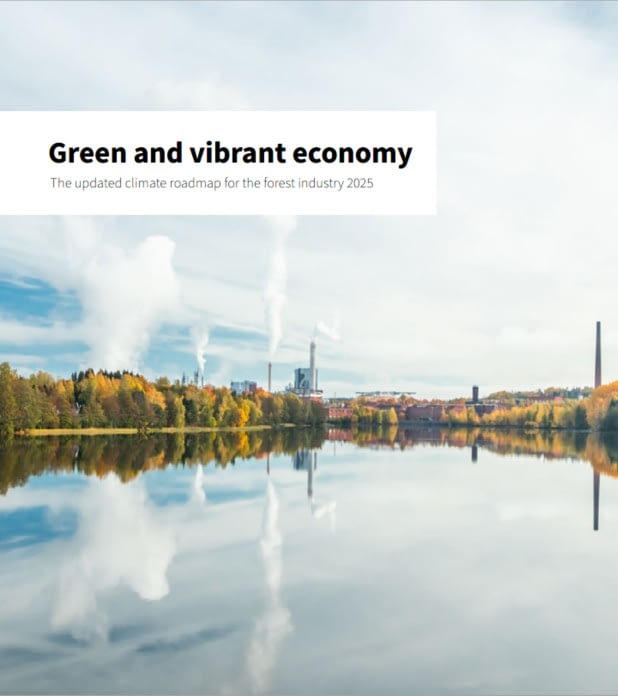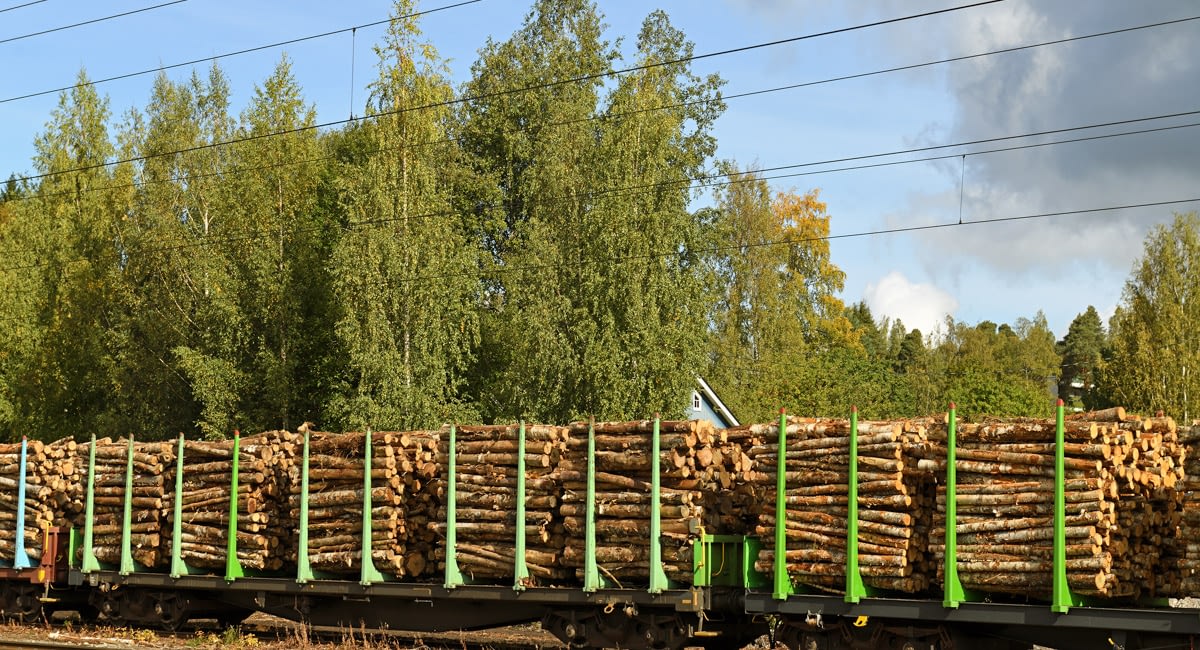There is too much carbon dioxide in the atmosphere. The CO2 levels have accumulated due to fossil fuels, and thus phasing them out is the most important climate action. Carbon removal solutions are needed as well.
Europe aims to be carbon neutral by 2050. This means that the levels of CO2 released into the atmosphere and removed from it should be equal. Unfortunately, in 2050, Europe will still produce fossil CO2 emissions. To solve this problem and achieve negative emissions, the EU is putting together more efficient carbon removal solutions. The solutions are aimed at removing carbon that was originally absorbed from the atmosphere by plants, such as trees.
Carbon dioxide can be removed from the atmosphere in various ways. The carbon fixation of plants can be increased in the land use sector, such as in forests. Technological solutions can enable carbon removals from bioenergy production. Wood products, in turn, can store the CO2 removed from the atmosphere by trees. The forest industry plays an important role in all of these solutions.
Forest-related measures offers various benefits. Afforestation and reforestation increases carbon removals and, in time, produces materials for the manufacture of climate-friendly wood products. Activities designed to improve forest growth and vitality have similar benefits.
Wood products are a great way to store carbon. Growing trees remove CO2 from the atmosphere and the wood product can store it for decades or even centuries. It is no wonder that this climate-friendly aspect is often mentioned when promoting timber construction. It is also important to note that timber will only be available if we ensure the vitality of forests and accept timber harvesting.
Production facilities can adopt technological carbon removal solutions. The technology is still in its infancy, but in time, we may be able to capture CO2 from activities such as bioenergy production and even reuse it in hydrogen economy. This would mean being able to use the same wood twice.
Policies concerning carbon removals can also cause problems. If carbon removal is used as an excuse for the continuation of fossil emissions, the fossil economy will go into overtime. This kind of off-setting would be a huge mistake as fossil economy is the primary cause of climate change.
If the carbon removal policies resulted in a passive forest management and a discontinued stream of wood raw materials, timber construction or energy technologies would not be able to remove CO2.
If the carbon removal policies resulted in a passive forest management and a discontinued stream of wood raw materials, timber construction or energy technologies would not be able to remove CO2. Forests growing older and older will become more vulnerable to various damages, such as fires, insects and diseases. These old damaged and dying trees would remind us of the missed opportunities.
The functionality of carbon removals in production facilities has some uncertainties. Therefore, setting obligations is not the right way forward. Instead, we need incentives for development of the technologies and profitability, such as demonstration and pilot projects.
Carbon solutions require knowledge and wisdom. At their best, they can help countries achieve their sink targets, build comfortable and aesthetic wooden buildings and create new climate technology. At their worst, they can prolong the production of fossil emissions and hamper the growth of forests. Let’s aim for the best!







